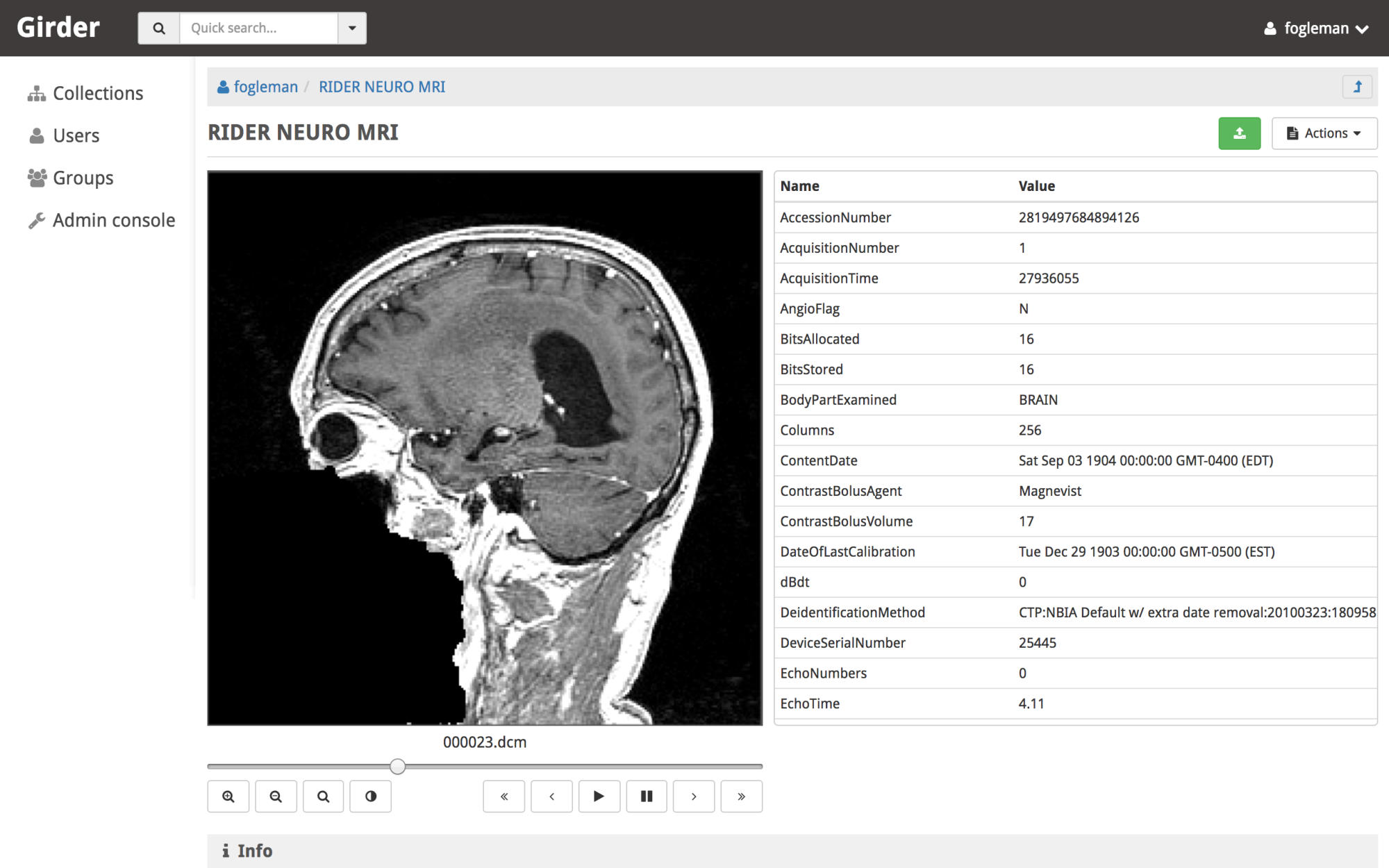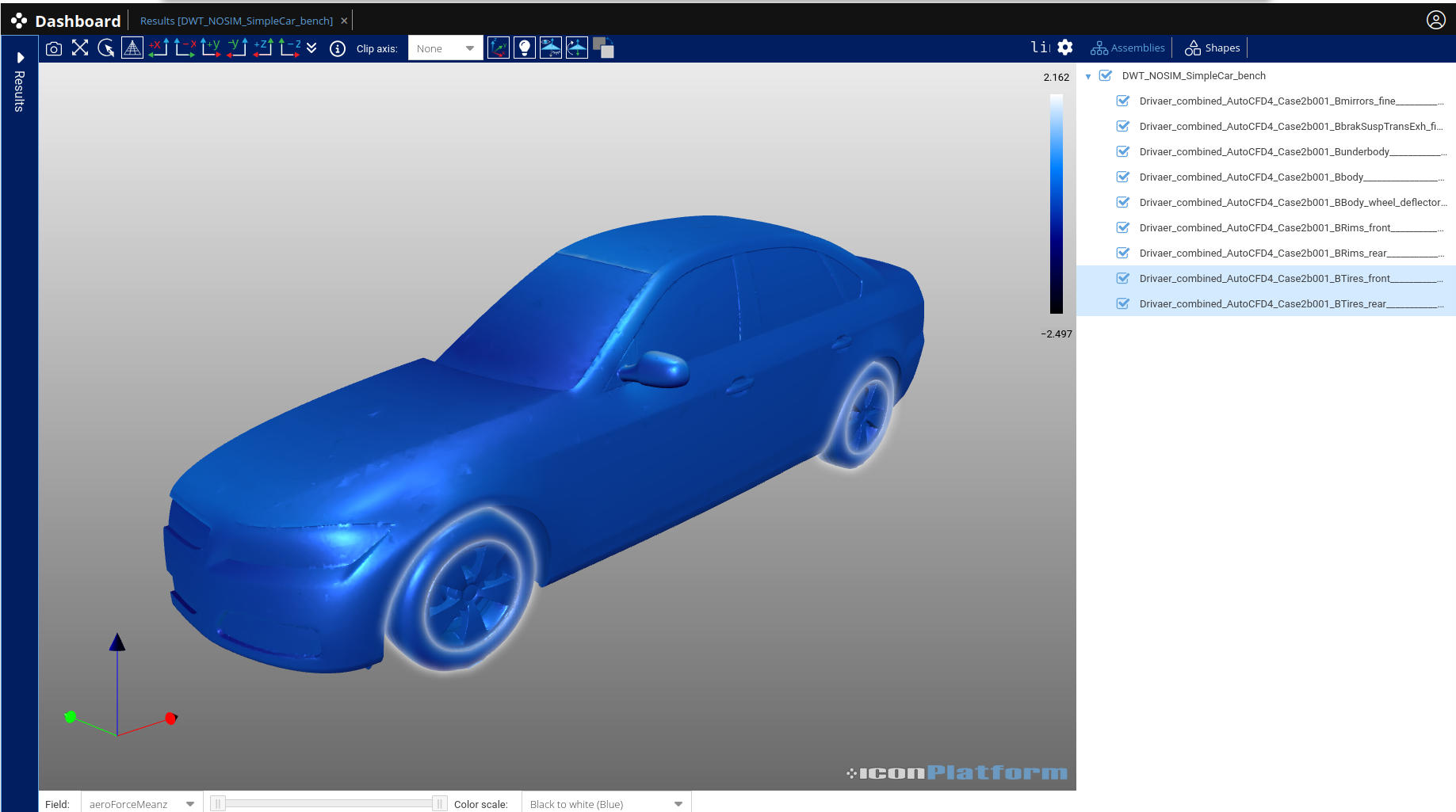Following our series of blog on iconPlatform, this one focuses on data management: the Input Tab.
An object store is a data management service designed to store information as discrete entities called objects, rather than using the hierarchical structure of traditional file systems. Each object typically includes the data itself, associated metadata, and a unique identifier, making it easy to access and organize large volumes of data without depending on directory paths. Popular cloud-based examples include Google DriveInput management: the object store, Amazon S3, and iCloud.
Object stores are particularly well-suited for managing large, data. Common features include:
- Scalability — the ability to efficiently store and retrieve very large data.
- Access control — fine-grained permission management to ensure secure collaboration.
- Data consistency and durability — objects remain accessible and uniquely identifiable even if users reorganize or relocate them within their personal or project hierarchy.
While these solutions are popular—and often used for storing personal data such as documents or holiday photos—their core features also make them highly suitable for scientific data management, especially when the object store is deployed close to the simulation infrastructure. Building on this foundation, a scientific visualization–oriented (“SciViz”) object store can extend traditional capabilities with domain-specific functionalities.
A representative example is Girder, an open-source data management platform designed for scientific workflows. Girder provides a plugin architecture that allows users to integrate custom data-processing pipelines or extend visualization capabilities. For instance, the DICOM plugin to extract slices from DICOM (medical) volumetric datasets and display them along with their associated metadata:

DICOM view in Girder, from the official documentation
While existing solutions are useful for lightweight data processing, they are not designed to manage an entire simulation workflow including meshing, solver execution and post-processing.
That’s where the object store of our solution (iconPlatform), accessible through the Input tab, comes into play.
It serves as a full-featured object store, and is seamlessly integrated into the simulation environment. Here is a basic view of the interface, with a filter to display only the data of a single user:
![]()
As you can see, in this tab all available datasets are presented together with metadata such as the owner, data type, and size. Permissions are managed through user groups. Instead of a flat array, is is possible to show the data using a custom hierarchy, based on any metadata including but not limited to custom tags.
![]()
Indeed, unlike traditional hierarchical file systems, the object store identifies data objects independently of their physical location. Our platform takes advantage of this flexibility by using tags to create dynamic, virtual hierarchies. It is thus possible to organize data using various hierarchies, for example User/Type as shown in the previous image. Since these tags are fully user-defined, you can easily design your own navigation schemes, filtering and sorting data to match your workflow and scientific context.
Here is an extract of the documentation on how to define your own hierarchy:
![]()
As an abstraction above the standard hierarchy based classification, this label-based navigation system enables intuitive, personalized and flexible data organization. For example, in a multi-physics MDO context, each step in the workflow will augment the previous step with its own set of tags enabling quick comparison between parameter sweeps and clear history of the data.
In addition, this object store benefits from all the iconPlatform’s visualization capabilities, including interactive 3D viewers for inspecting meshes, fields, and assemblies directly within the browser.

View of a 3d surface including fields and partitions
For data exploration and quick analysis, the Inputs store can be directly connected to a Python notebook environment, making it easy to perform in-place data mining, generate plots, or launch custom scripts without leaving the platform. This environment comes preloaded with essential scientific libraries such as NumPy, Matplotlib, and other commonly used packages for data analysis and visualization. If your workflow requires additional dependencies, they can typically be installed easily on the client side with a simple command.
![]()
For more advanced analysis, the system is extensible through apps: modular components capable of handling tasks ranging from lightweight preprocessing to computationally intensive operations. These apps can perform simple actions, such as updating metadata or running quick analyses, or can directly be more complex pipelines. This mechanism allows iconPlatform to handle the entire simulation workflow, including meshing, solver execution, and post-processing.
In practice, this platform is more than an object store: it is a complete simulation environment. Users can trigger entire engineering simulation workflows from pre processing to post processing on the appropriate hardware, and explore results interactively within the same interface.
Conclusion
Unlike generic storage solutions, the object store within iconPlatform has been purposely built to meet the specific demands of simulation workflows and scientific data management. Its architecture is optimized for storing and exploring large numerical datasets, along with metadata — all of which are common in engineering and CFD applications. By designing our own storage layer (which can leverage the filesystem, amazon S3 or any other object store) we ensure an intuitive navigation and a tight integration with the computation and visualization subsystems of the platform.
Beyond its role as a data repository, the object store in iconPlatform acts as the backbone of the entire simulation workflow, connecting data, computation, and visualization in a single, secure environment. Thanks to the flexible tag-based organization, it goes further than traditional file systems and other object stores. Moreover, iconPlatform can be self-hosted, allowing institutions to maintain full control over their data and ensure confidentiality when working with proprietary or sensitive simulations.
For more information regarding iconPlatform and how to try it on, contact us at: https://www.iconcfd.com/contact-us/